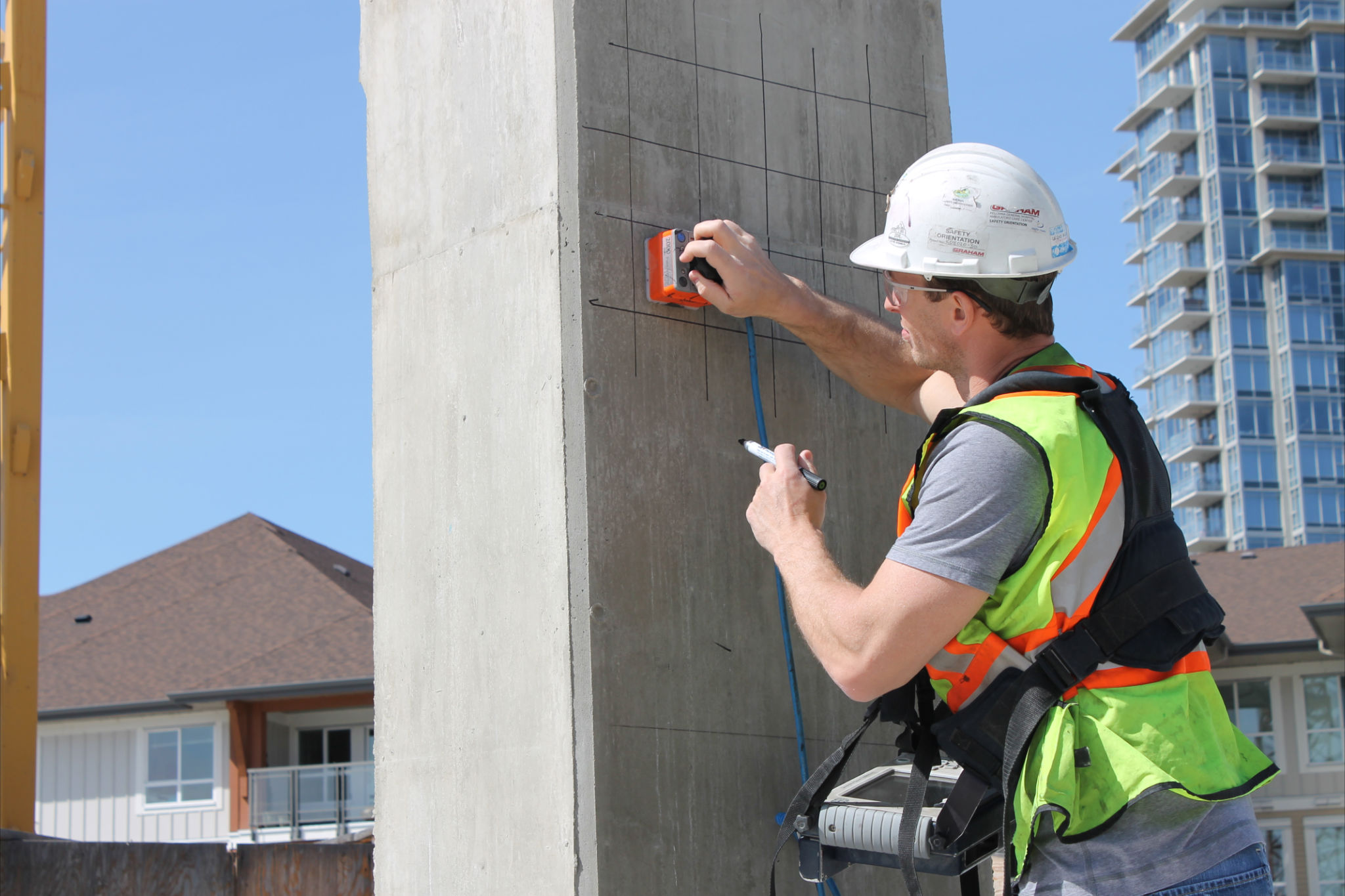Comprehensive Overview to Concrete Scanning Technologies
Beyond the Surface Area: Leveraging Advanced Concrete Scanning Techniques for Unmatched Accuracy and Insight
Advanced concrete scanning techniques have actually arised as crucial devices in this search, providing a peek below the surface area to reveal a world of vital understandings. By utilizing advanced modern technologies, professionals can uncover anomalies, analyze the condition of concrete structures, and make educated choices that shape the course of jobs.
Relevance of Advanced Concrete Scanning
The significance of using innovative concrete scanning techniques depends on the unmatched precision they provide for identifying sub-surface anomalies and making sure structural integrity. By employing innovative technologies such as ground-penetrating radar (GPR), electromagnetic induction, and progressed finder imaging, building and construction professionals can delve below the surface of concrete structures with a level of precision that far exceeds typical evaluation techniques. Concrete Scanning. These methods allow the identification of hidden threats like rebar rust, voids, conduits, or post-tension wires that can jeopardize the security and security of a structure over time
Furthermore, progressed concrete scanning provides indispensable insights into the overall problem of a concrete aspect without the demand for intrusive procedures, reducing the risk of creating damages during the assessment process. The ability to determine the specific place and depth of potential issues enables targeted repair services and maintenance, ultimately prolonging the life expectancy of the structure and maximizing its efficiency. In essence, the significance of innovative concrete scanning can not be overemphasized in the world of building and infrastructure upkeep, where accuracy and dependability are critical.
Sorts Of Cutting-Edge Technologies

Abnormalities and Defect Detection

In addition to GPR, concrete scanning techniques like thermography and impact-echo testing are additionally efficient in finding flaws and anomalies. By leveraging these innovative methods, professionals can proactively address architectural concerns, ensuring the long life and security of concrete structures.
Assessing Concrete Problem
Exactly how can designers accurately examine the condition of concrete structures to guarantee their longevity and safety and security? Various sophisticated concrete scanning strategies are employed for this function. Ground-penetrating radar (GPR) is frequently used to assess the interior framework of concrete, spotting spaces, fractures, and various other anomalies that may endanger its strength.
Combining non-destructive testing approaches with aesthetic evaluations permits for a thorough examination of concrete problem, allowing engineers to identify potential concerns early on look at more info and carry out prompt maintenance or repair work. By leveraging these advanced strategies, designers can guarantee the long-term durability and safety of concrete structures.
Enhancing Decision-Making Procedures
In the world of facilities management, maximizing decision-making procedures is imperative for ensuring the reliable upkeep and durability of concrete frameworks. Enhanced decision-making processes in concrete management entail using advanced scanning techniques to gather detailed data on the condition of frameworks. By leveraging innovations such as ground-penetrating radar and 3D imaging, stakeholders can make informed choices regarding support, repair work, or substitute strategies.
These advanced scanning strategies offer important understandings into the interior composition of concrete, determining potential issues such as voids, fractures, or corrosion that might not show up on the surface area. This level of in-depth information permits aggressive upkeep planning, reducing the danger of architectural failings and increasing the general lifespan of concrete structures.
In addition, by incorporating digital documentation and analysis tools into the decision-making procedure, stakeholders can track the advancement of concrete problems over time, enabling predictive upkeep approaches and maximizing source appropriation. Ultimately, the integration of innovative concrete scanning strategies boosts decision-making procedures by supplying unequaled accuracy, insight, and effectiveness in facilities management.
Conclusion
To conclude, progressed concrete scanning strategies supply unparalleled accuracy and insight in finding anomalies, flaws, and analyzing the problem of concrete frameworks. By leveraging innovative technologies, decision-making procedures can be boosted, leading to their explanation even more educated and reliable solutions for maintaining and fixing concrete infrastructure. These strategies play an important role in making sure the safety and security and longevity of concrete frameworks, making them an important tool in the field of construction and design.
Moreover, progressed concrete scanning offers vital insights into the overall condition of a concrete aspect without the demand for intrusive procedures, reducing the risk of triggering damages during the evaluation process - Concrete Scanning. An additional innovative innovation is 3D X-ray scanning, which supplies thorough images of the inner structure of concrete, supplying beneficial info without the requirement for harmful screening. Additionally, Concrete Cover Meters are used to measure the density of concrete cover over reinforcement bars properly. Boosted decision-making procedures in concrete monitoring entail using advanced scanning methods to collect detailed information on the condition of structures.In verdict, progressed concrete scanning strategies use unmatched precision and insight in finding abnormalities, defects, and evaluating the problem of concrete frameworks